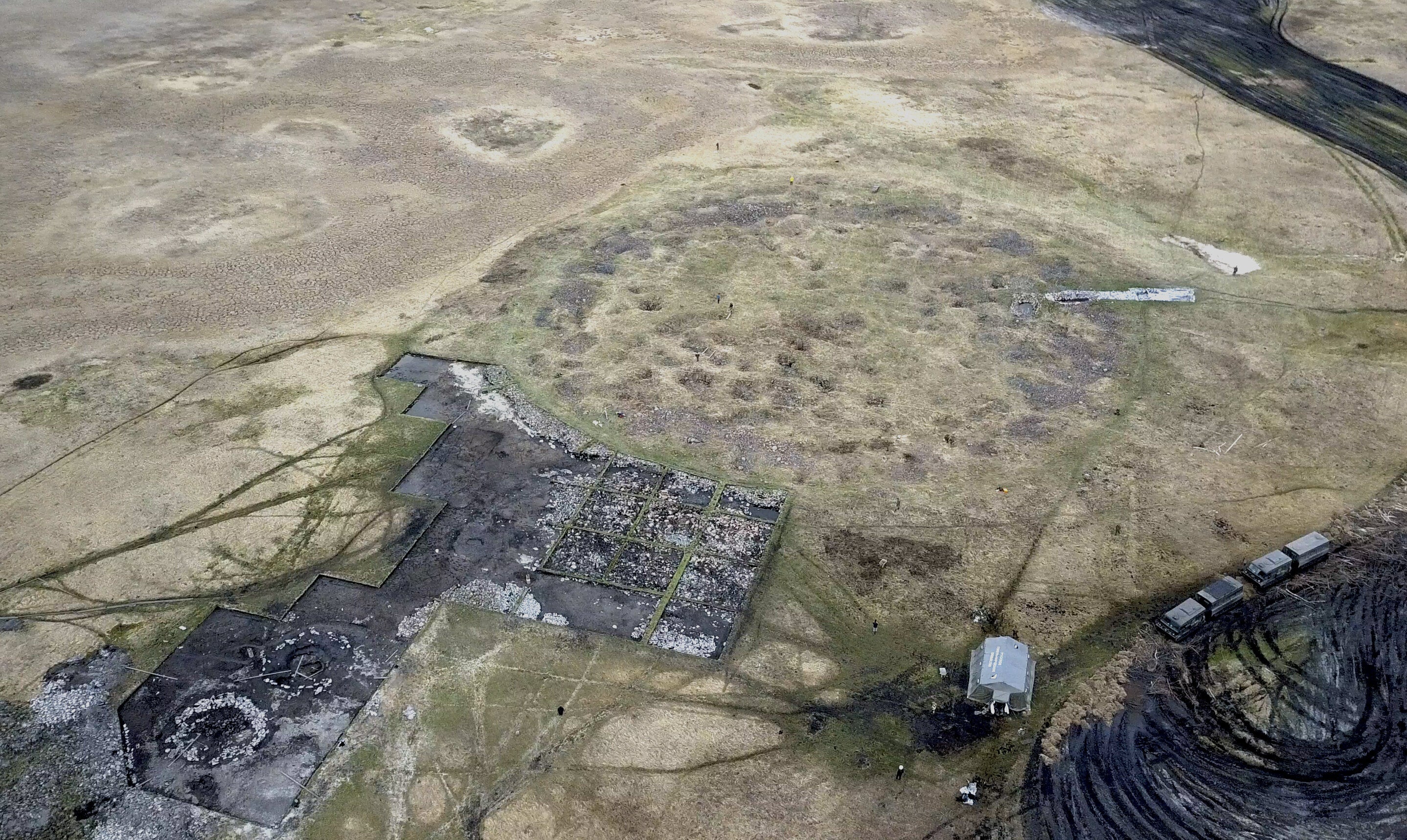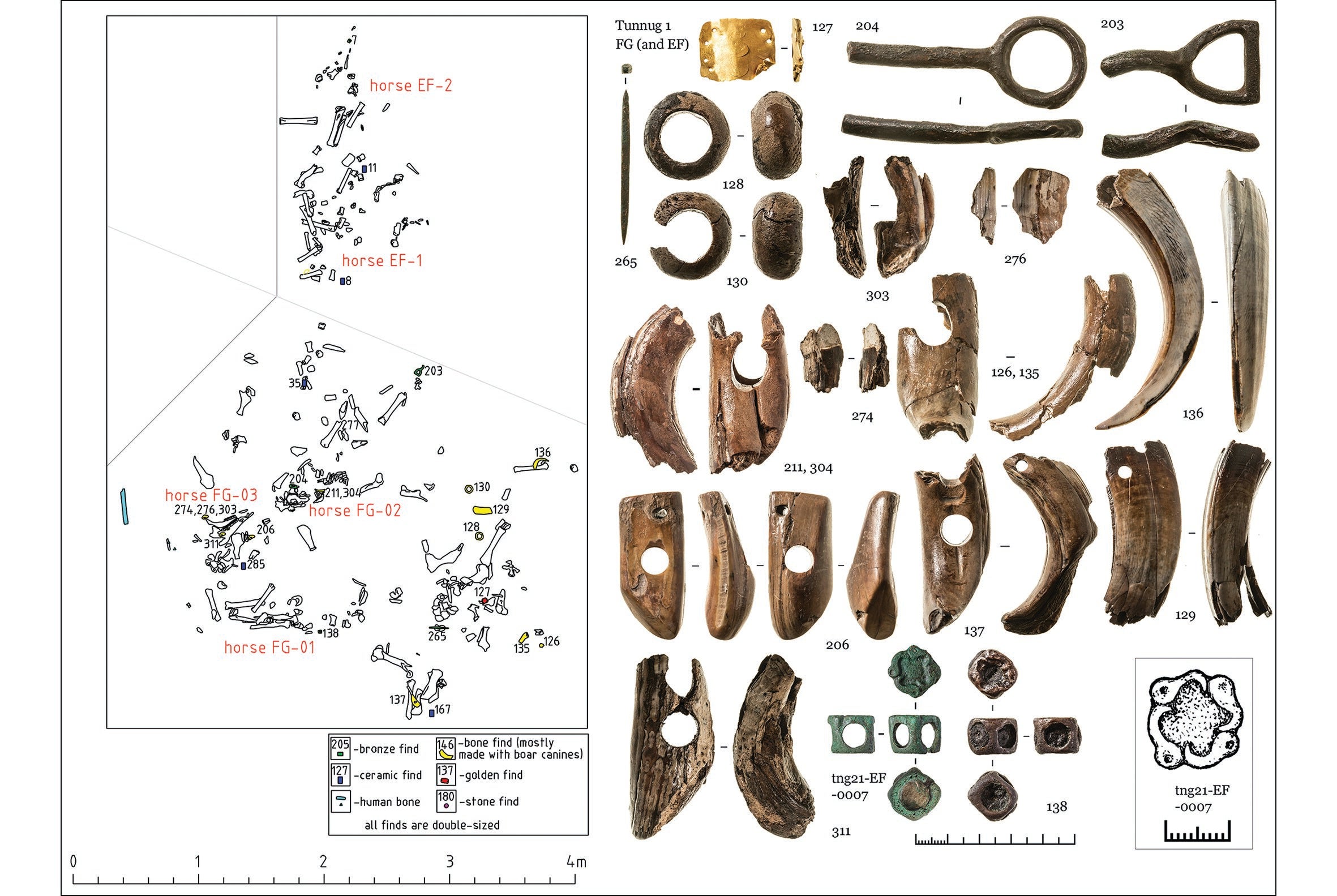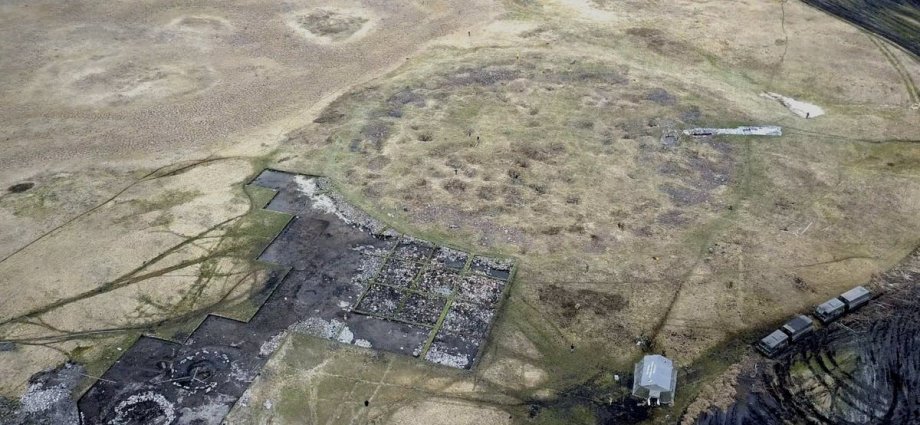A 2,800-year-old Siberian burial mound containing 18 sacrificed horses appears to resemble those of the Scythians, suggesting that horseriding Steppe culture originated farther to the east.
The nomadic Scythians of the Eurasian Steppes did not build settlements and were famous for their horse-focused culture and distinctive art depicting animals in specific poses. They were exceptional horsemen and warriors, and feared adversaries of the ancient Greeks, Assyrians, and Persians between 900 and 200BC.
While the Scythians are known to have migrated from Central Asia to southwest Russia and Ukraine, their exact origins remain shrouded in mystery.
“The Scythians have sparked the imaginations of people since the days of Greek historian Herodotus,” said anthropologist Gino Caspari from the Max Planck Institute in Germany.
“But the origins of their culture have long remained hidden in remote corners of the Eurasian steppes.”

A new study, published in the journal Antiquity on Tuesday, details one of the earliest examples of a royal burial mound unearthed in southern Siberian. It contains fragmented remains of a woman and 18 horses. They were likely sacrificed to honour a member of the elite buried within the mound, the study notes.
Some of the animal remains still have brass bits lodged between the teeth.
The grave also contains Scythian artefacts and horseriding equipment.
The findings link the burial in Siberia to the funerary rituals of the later Scythians, described in historical texts as living thousands of kilometres to the west .
The grave dates from the late ninth century BC, making it one of the oldest known burial mounds to show evidence of a Scythian burial.
“Unearthing some of the earliest evidence of a unique cultural phenomenon is a privilege and a childhood dream come true,” Dr Caspari said.

Archeologists say that the burial has similarities with graves from the Late Bronze Age in Mongolia. This suggests that Scythians funerary rituals could originate even further east and south.
“Our findings highlight the importance of Inner Asia in the development of transcontinental cultural connections,” Dr Caspari said.
“The findings also suggest that these funerary practices played a role in the broader process of cultural and political transformation across Eurasia, contributing to the emergence of later pastoralist empires.”











